

If you’re growing your own gourds like squash, pumpkins, and cucumbers, you might be familiar with the pesky squash bugs. Despite being only half an inch in size, squash bugs can cause a lot of damage to your garden within record time and are pretty stubborn. Our guide will cover how to get rid of squash bugs in different effective ways.
Squash bugs are insects in the stink bug family. They grow up to ¾ of an inch long and look like a long shield. The color is dark gray to brown. Like other stink bugs, squash bugs will emit a foul odor if they are disturbed. The insect feeds on plants by using its needle-like mouth to damage the plant tissue and eat the plant sap.
Squash bugs usually prefer to eat winter and summer squash Trusted Source A bael fruit squash drink is made by mixing sugar, acid, pulp and water. dr.lib.iastate.edu , pumpkin vines, and gourds, but you might also find them in your watermelons and cucumbers. They can be found throughout North America. They tend to attack young tender plants and seedlings but cause little damage during fall and late summer.
Most gardeners confuse squash bugs with stink bugs due to their similar appearances and foul odor when disturbed. But both insects are different.
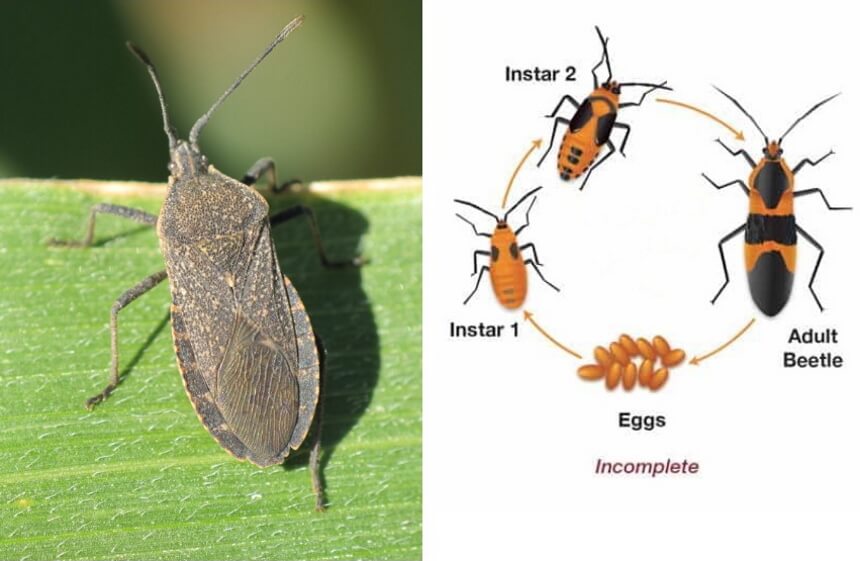
Female squash bugs lay their eggs on squash plants, mostly on the underside of the leaf. The eggs look like tiny bronze footballs and are gathered in clusters. After 10 to 14 days of laying the eggs, they will hatch into nymphs that appear light gray and have no wings. The nymphs usually stay on the underside of a leaf or the plant stem.
The nymph grows into the adult squash bug and stays in the protected areas of your garden during winter. By spring, they begin to emerge and look for host plants. Adult squash bugs can grow as tall as ½ an inch to ¾ an inch. After emerging, the insects begin to feed and mate with each other, starting the lifecycle again.
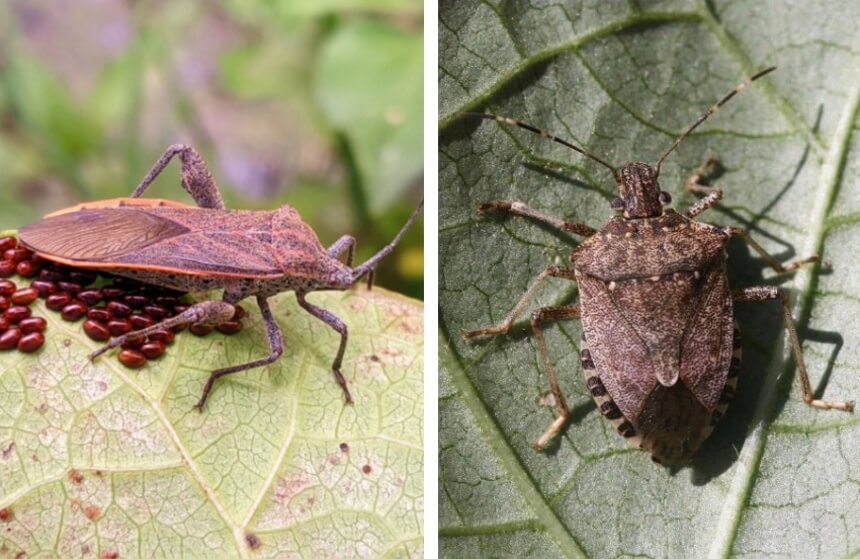
Squash bugs and stink bugs are usually confused for each other because they both look similar, and when crushed, they give off an awful odor. But they aren’t the same, and it’s important to know the difference if you want to get rid of the bugs in your garden effectively.
For one, stink bugs have a wide and round body shape, while squash bugs are narrow and long, like an oval. Also, you will mostly find squash bugs on gourd plants like squash, while stink bugs eat a wide range of plants without any preference.
During winter, squash bugs will stay in the soil and under plant debris to stay warm rather than get into your house. If you notice something that looks like squash bugs in your home during winter, those are stink bugs, as they do this to hibernate.
You will easily identify the adult squash bugs as they are fairly large, growing as long as ¾ of an inch in size, having a brown to grey color, and a flat bag that looks like armor. On the sides and abdomen, they have small orange stripes. You can also notice white dots on their back or a diamond shape in the middle of their back.
As for the younger squash bugs, they are green when they first hatch but become light grey in color as they grow with black legs. They move faster than adults and feed in groups on the underside of the leaves. Squash bugs can fly as they have wings, but they mostly just walk on the plants.
You can find them hiding on the underside of the leaves or closer to the ground on the stems.
When checking for squash bugs, look at these areas in the morning and evening, early in the growing season.
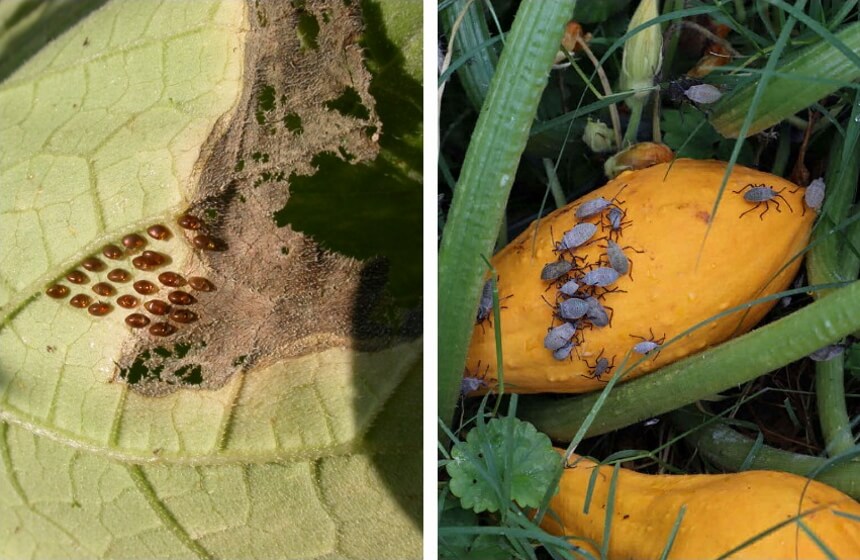
Before considering how to get rid of squash bugs on pumpkins and other plants, you should learn how to recognize the problem. Squash bugs are heavily affected by plants, as they can make your garden disappear before you know it. From dying plants to damaged fruits, you will quickly see your yard decline if you allow these pesky insects to continue.
It is easy to notice squash bugs adverse effects in your yard. You will notice that leaves have mottled yellow spots and will eventually become brown. The leaves dry out due to the infestation, especially when it becomes worse. Squash bugs will suck on the growing fruits of gourd-like squash, especially at the stem end.
For the fruits, they make them sunken and pale and will eventually cause the fruits to rot. Squash bugs don’t spread bacterial wilt like some other garden insects, but the way they feed targets the vascular tissue of a plant, which can cause wilting and death.
Keep in mind that the wilting caused by squash bugs is similar to that caused by bacterial wilt, which happens due to a cucumber beetle infestation. Squash bugs will spread cucurbit yellow vine decline and kills plants faster than cucumber beetles. The plants can turn yellow overnight, and this usually happens before the fruit is ready for harvest. So, check the insects in your garden before you start treatment.
To begin, here’s how you can naturally get rid of squash bugs in different places.
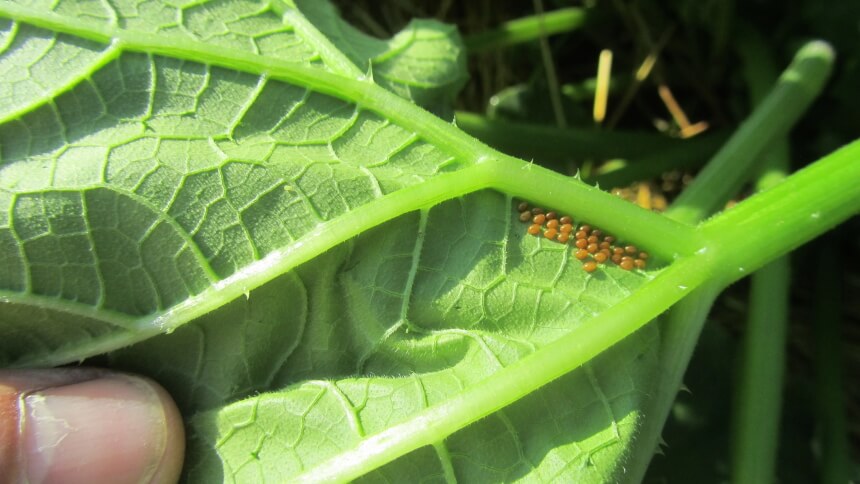
We’re beginning our list with how to get rid of squash bugs and eggs. Immediate detection is important in eliminating squash bugs, so you should check out for their spherical eggs and remove them from your crops.
You can see the eggs gathered in groups under the leaves or on top of the plants. If you notice these eggs grouped in one spot, utilize a small knife to wipe them off.
Then, throw them away in the bin. Keep in mind that the bug eggs regularly hatch within 10 to 14 days, so you should assess your plants weekly for a new batch. If you wait too long, you will end up with a large generation of destructive insects in your garden.
While removing the eggs, you can also pick the adult bugs by hand as long as you wear gloves and throw them into a water container. They will drown and keep your harvest safe. Do this every few days to prevent the adults from laying more eggs.
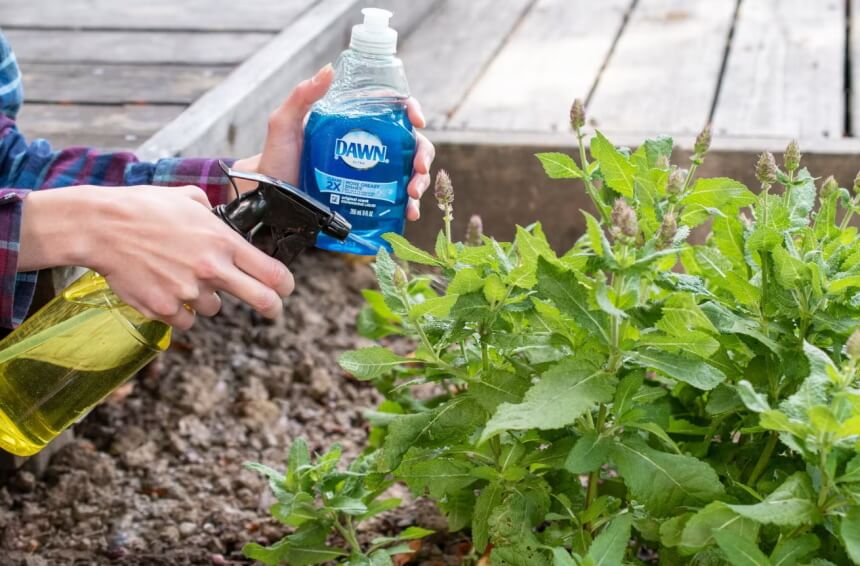
Aside from removing their eggs, an easy and natural way to get rid of squash bugs is with dish soap. This allows you to effectively kill a lot of bugs at a time without using any chemicals in your garden. When thinking of how to get rid of squash bugs with dish soap, you can make a spray to make application easier.
Put two tablespoons of dish soap in a gallon of water, and mix this in a garden sprayer. Add the water to the sprayer first before adding the soap so that it mixes in rather than getting foamy. Then, take your spray into the garden and spray the squash bugs with the soapy water mixture.
The dish soap spray will kill them very quickly.
Keep in mind that this method has no residual effect, so you need to spray it directly on them. It might not kill them all but will slow them down, so they are easier to hand pick and kill.
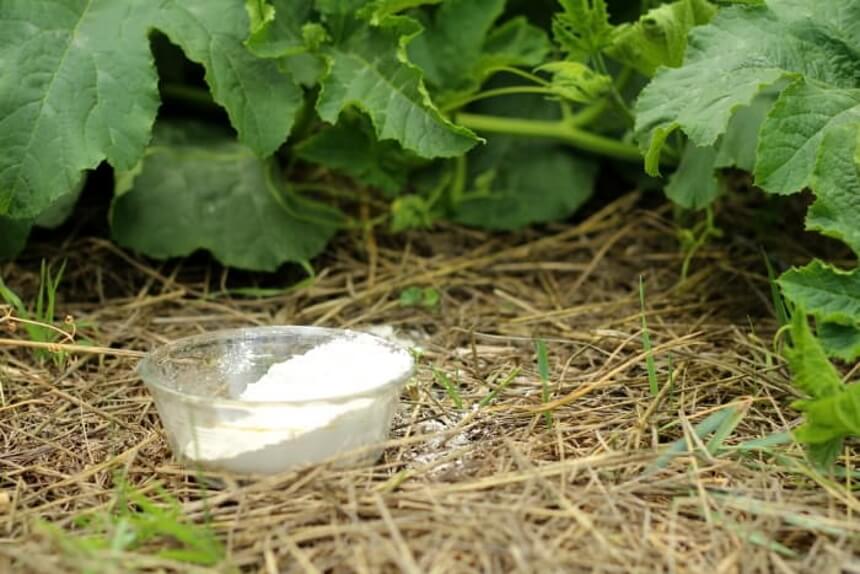
Another easy way to get rid of squash bugs in your garden is diatomaceous earth, which is a pest control product that kills these pesky insects naturally. This method is also effective for getting rid of cucumber beetles. When using this method, sprinkle the diatomaceous earth on the base of squash plants. According to most reviews, the Harris Diatomaceous Earth Food Grade is the best choice.
The pest control product consists of hard-shelled organisms that have been processed into fine powder.
It is not effective to spread the product randomly as you’ll just be wasting it, and you can sprinkle it directly on the bugs too. It is more effective when it is dry, so avoid sprinkling it after rain.
Ensure that you use food-grade diatomaceous earth in your garden. Even if there are garden versions available, they can attract other insects or contain chemicals. Also, don’t put them on the flowers because it can harm helpful insects and get rid of bees. Diatomaceous earth is also one of the best fire ant killers.
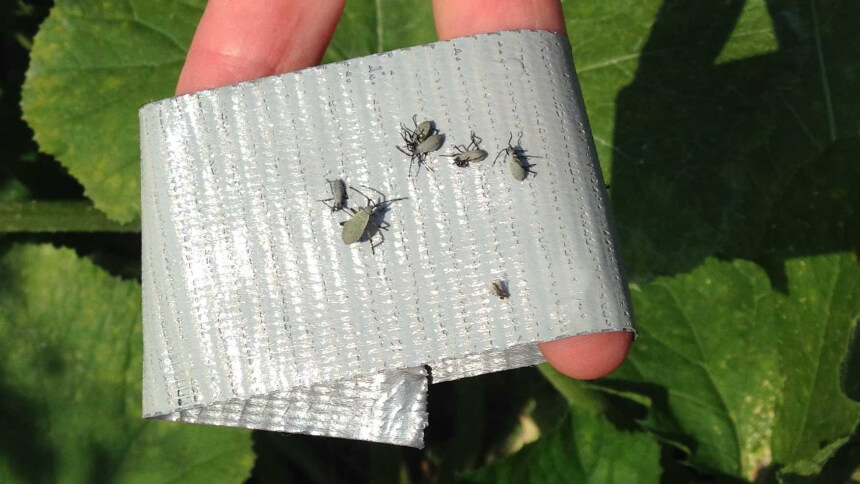
Duct tape traps are one of the best tricks to keep in mind when you want to get rid of squash bugs in your garden. Cut out some duct tape, enough that it can wrap around your hand. When you fold it around your hand, ensure that the sticky side is facing outwards in a loop.
Then, then the leaves over so that you see their underside; if you see any squash bugs or eggs, as they move in clusters, touch them with the tape. You can grab a lot of squash bugs at the same time with this method, helping you save time and effort.
You can use this to catch eggs, nymphs, and adult squash bugs. Ensure you do this early in the spring to catch the females before they lay eggs. When you’re done, throw the tape in the trash can. You can also purchase the best traps for groundhogs and squash bugs.
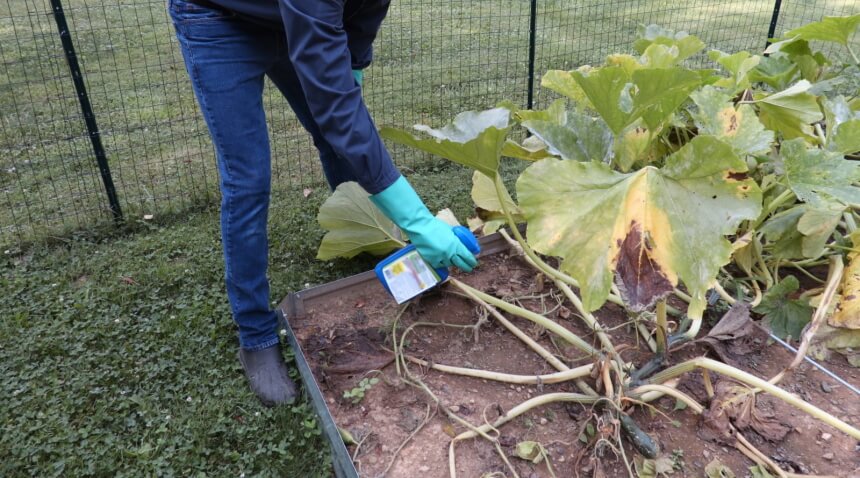
Once squash bugs grow into adults, you can’t get rid of them with insecticides as these won’t be effective. So don’t bother trying. But when you notice wilting early in the season and eggs are hatching, you can use insecticide to manage it before they grow into adults. Consider using the BioAdvanced 708480A Insect Killer when thinking of how to get rid of squash bugs with chemicals.
Once they’ve grown, you should use pesticides instead to get rid of these insects. The best time to apply pesticides to your squash plants is early in the morning or late at night when bee activity is at its minimal level. Also, spray the pesticides below under the leaves, where squash bugs are usually found.
It is also possible to control squash bugs with neem oil, which is effective in getting rid of these insects. But keep in mind that neem oil can affect the pollinator’s health because it is absorbed into the plants.
Not all poisons and pesticides are harmful to plants, like the best groundhog poisons.
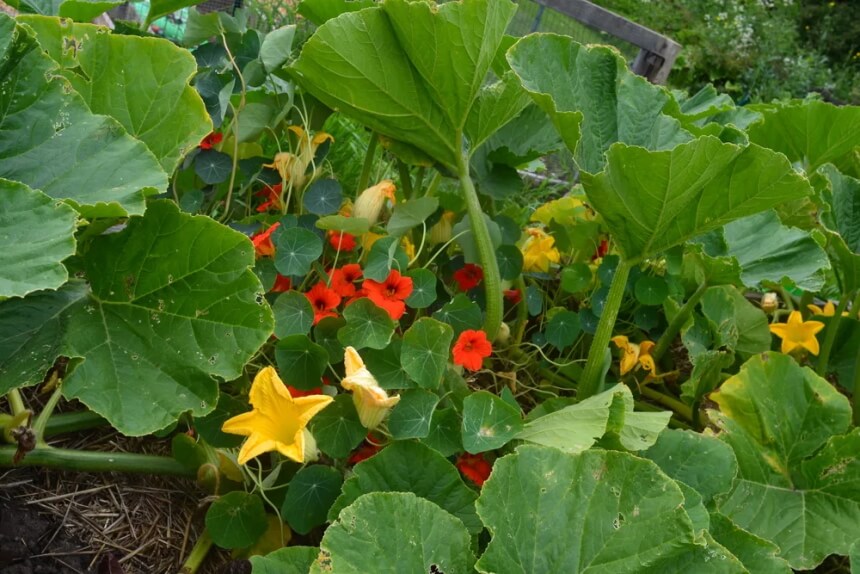
When considering how to get rid of squash bugs in the garden, you can use companion planting. For one, you should grow your squash with a mixture of plants rather than planting it in long rows. When you mix it with flowering plants and vegetables, it becomes difficult for pests to create a home in them.
A study has shown that you can reduce the chances of squash bugs laying eggs in your winter squash plants by growing tansy along with them. Another one on an Iowa State research farm Trusted Source Companion Planting: A Method for Sustainable Pest Control The objectives of this study were to determine if there is an advantage to intercrop plants for enhanced growth and to determine if selected companion plants would provide protection against common vegetable pests. dr.lib.iastate.edu stated that interplanting summer squash with nasturtiums as a companion plant would reduce the squash bug damage.
Furthermore, you can use a trap crop to get rid of squash bugs and protect your plants. Squash bugs usually prefer blue Hubbard squash plants to other ones, so you should plant this as a sacrificial one to lure pests away from the real crops you want to protect.
Plant the Hubbard squash a few feet from the plants that you want to harvest a few weeks earlier. So, the squash bugs will go to the blue plants, and you can destroy them or suck them up. This way, your plants will be protected.
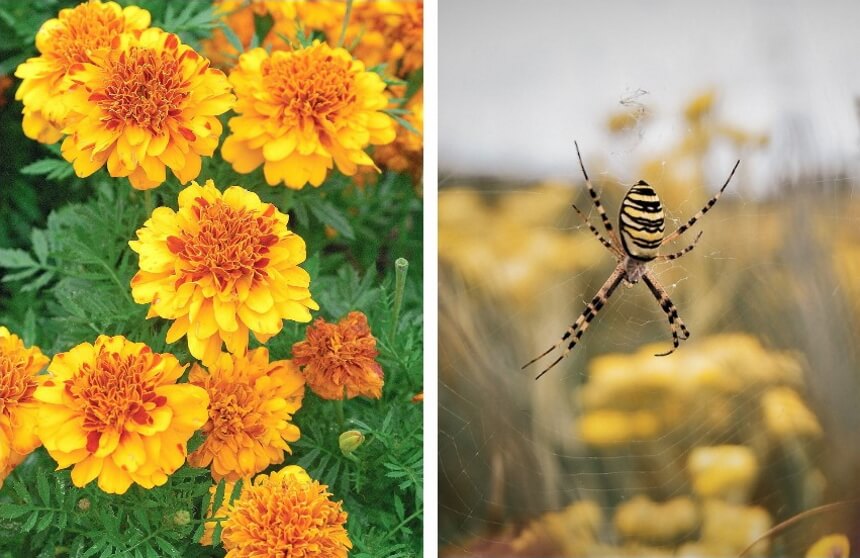
There are some insects that are beneficial to your garden and will give you a natural form of pest control. These insects feed on squash bugs without affecting your plants. Spiders are the main insects that feed upon squash bugs in your garden. Hunting spiders crawl in the soil and eat their prey at night. You can attract spiders by growing flowering plants and low-growing herbs in and around the squash.
Another insect that you can attract to your garden is tachinid flies. These flies use squash bugs and other insects to feed their young and even lay eggs in them. Not all of them use squash bugs as a host, but it’s an easy way to control harmful plants.
You can attract these insects by planting dill, marigolds, fennel, calendula, mint, catnip, and other small flowers in your vegetable garden. So, consider this when looking at how to get rid of squash bugs in the soil.
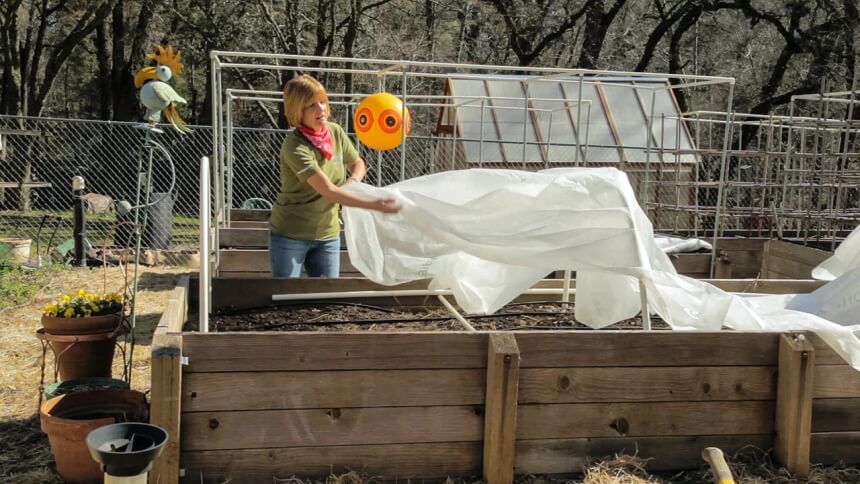
You can also get rid of squash bugs in your garden by adding a physical barrier to your garden. These can be done with row covers, insect netting, fine screening, and tulle fabric. You can control plants as they are young and leave the cover in place until they flower.
Once it’s time for them to flower, you have to remove the cover so that pollinators can access the plants. By that time, the squash bugs would’ve gone elsewhere, and the plants will remain strong. You can also grow squash plants under mini hoop tunnels to limit the bugs.
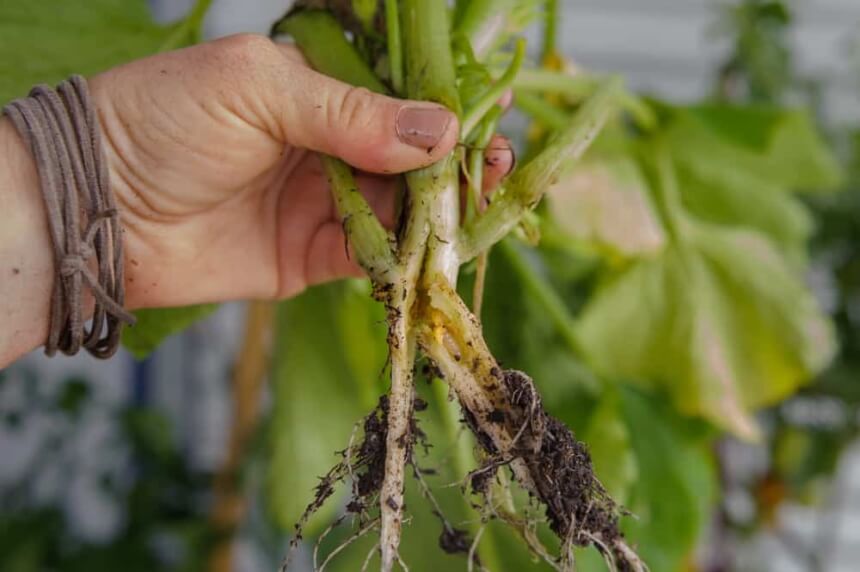
While considering how to get rid of squash bugs on zucchini and other plants, there are different tips to keep in mind.
For one, you should plant your squash with row covers. These are fabrics that protect your plant from cold temperatures and excess sunlight and also screen out insect pests. You can use frost blankets, tarps, and plastic coverings for your row cover.
Remember that the fibers used to make row covers will let in water, light, and air, but insects like squash bugs won’t penetrate it.
You can ensure that your garden is inhospitable to squash bugs by keeping it clean. These bugs overwinter in different areas of your landscape, including mulch and squash vines. Clean the squash vines at the end of the growing season by disposing of them in yard waste bags or burning them.
Furthermore, don’t put too many straws and mulch at the base of your plants. Avoid having thick layers of hay or straw because this can provide an environment friendly to squash bugs.
If you have a big problem with squash bugs, you can prevent them altogether by planting varieties resistant to them. This is a good idea if your garden has a history of pest infestation.
Some types of squash that are resistant to the bugs are butternut, crookneck, and royal acorn. Tell the extension agent in your area to assist you in getting fitting cucurbits to prevent squash bugs from eating up the plants.
Squash bugs can adversely affect your yard if they are unattended and will get rid of your gourd plants. When you know how to eliminate squash bugs in the house and garden, you can ensure your plants are healthy.
The ideal method to destroy bugs is to get rid of the eggs before they become nymphs and constantly watch your plants before it becomes worse. Take steps to stop them from increasing by planting the right crops and alluring some insects. All in all, make sure your plants are strong and watered, and your yard is kept clean.